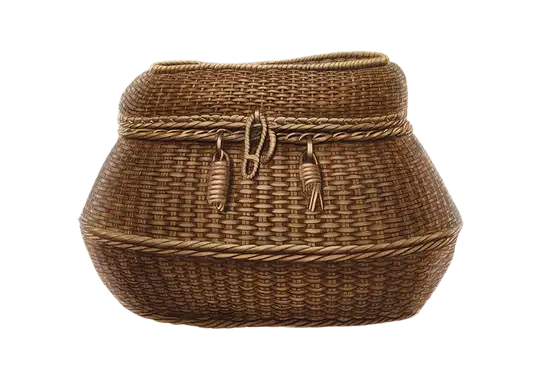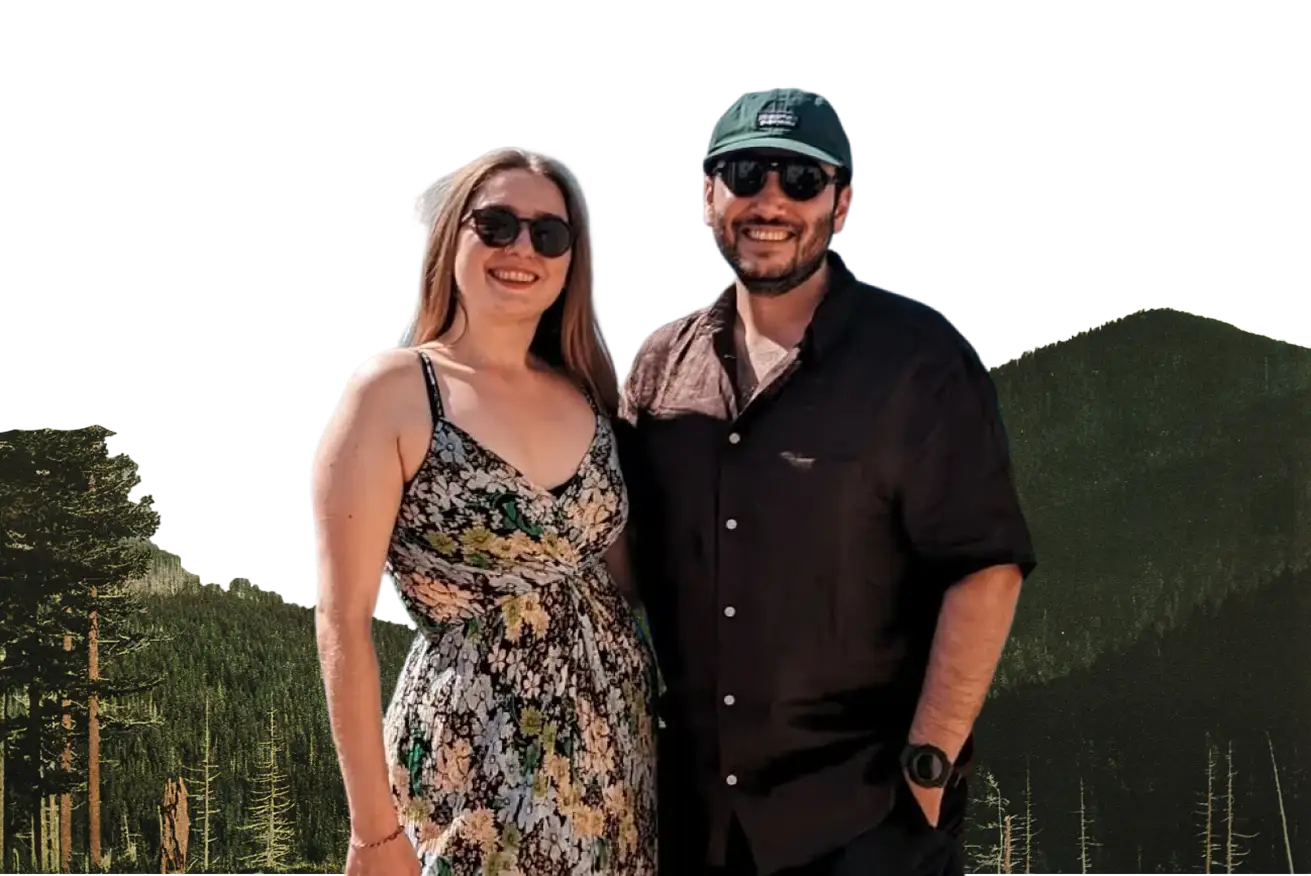Our deep exploration of Southeast Turkey through this Content Season – looking into its Immense Antiquity, its role as a Cultural Crossroads, its Layered Heritage, its stories of Resilience Amidst Complexity, and its Contemporary Resonance – has, we hope, sparked your curiosity and offered new ways to see this incredibly rich part of the world. As we, Ola and Riza, wrap up this particular journey of articles, we wanted to offer more than just our own narratives. We believe that understanding a place is an ongoing conversation, enriched by many voices and perspectives. So, we want to share some of the books, music, and films that have deepened our own understanding of Southeast Anatolia (the Asian part of modern Turkey) or that beautifully complement the themes we've explored together.
Think of these recommendations as further "seeds from the pomegranate," each offering a different flavour, a different pathway into the fertile soil of this region's history and culture. We've chosen them not just for their quality, but for how they connect to the places and ideas we've delved into throughout this series. Here are a few suggestions to help you keep "Reading (and Listening to, and Watching) the GAP":
First, to connect with the feeling of the ancient earth and timeless human stories, we often turn to the work of novelists like Elif Shafak. While her book "There Are Rivers in the Sky" (original Turkish title: Havva'nın Üç Kızı – "Three Daughters of Eve") isn't set directly in Southeast Turkey, its themes of searching for meaning, the way past and present intertwine, and the sheer breadth of human experience resonate strongly with the atmosphere of places like Göbeklitepe or the vast Mesopotamian plains viewed from Mardin's terraces. Shafak has a remarkable ability to make history feel personal and immediate. After contemplating the 12,000-year-old mysteries of Göbeklitepe, her writing can help you connect with that sense of deep time and the lasting human quest for understanding our place in the universe. Her beautiful prose often evokes the landscapes and ancient spirit of Anatolia in a way that enriches a factual exploration. Notice how she weaves ancient symbols or deep questions about life into contemporary stories – a bit like finding ancient Lamassu (protective figures, often winged bulls or lions with human heads, from ancient Mesopotamia and Assyria, whose style sometimes appears in regional art) not just as museum artefacts, but as symbolic ideas within human lives.
To better understand the "big picture" of how this region became such a vital meeting point, we recommend Peter Frankopan’s "The Silk Roads: A New History of the World." This book takes a wide view of world history, arguing that for thousands of years, the true centre of global power and exchange wasn't Western Europe, but the huge network of connections stretching from the Eastern Mediterranean through Persia (ancient Iran), Central Asia, and to China. This directly expands on our article, "The World's Ancient Highways: How Trade Routes Shaped Southeast Turkey." Frankopan clearly shows that there wasn't just one Silk Road, but an entire network of connections (a sieć powiązań, as Ola might say in Polish, aptly describing this interconnected web!). His work provides the grand historical and political background for why cities like Antakya, Mardin, and Gaziantep became such important cultural crossroads. Reading it helps you understand the immense forces that shaped these places, bringing different peoples, religions, and goods through their gates, explaining the "why" behind the layered heritage we've seen. If you can find a catalogue from a major museum exhibition on the Silk Roads (like one previously at the British Museum), these often have excellent essays and images too.
It's also fascinating to hear modern sounds echoing ancient stones. For this, we suggest checking out the official music video for "6 Days" by Mahmut Orhan & Colonel Bagshot. Mahmut Orhan is a popular Turkish DJ and music producer known for mixing traditional Turkish and Middle Eastern sounds with modern electronic music. This hugely popular track features a visually stunning music video filmed entirely in and around the city of Mardin. This recommendation connects directly to our exploration of Mardin's stone architecture and its gaze towards Mesopotamia. The video uses Mardin's unique, ancient cityscape – its terraced houses, historic mosques, winding alleyways, and the vast plains – as an amazing backdrop for a very contemporary sound. It’s a fantastic example of Contemporary Resonance, showing how ancient heritage can be a powerful visual and cultural inspiration for modern art. Watching it after reading about Mardin lets you see the city in a different, lively way. It also subtly highlights the theme of Resilience Amidst Complexity, as Mardin's ancient beauty continues to inspire.
For a thematic link to explore Turkey's complex identity further, consider a novel like Orhan Pamuk’s "Snow" (Kar). While "Snow" is set in Kars in Eastern Anatolia (not directly in the GAP region we focused on), Pamuk, a Nobel Prize-winning Turkish author, is a master at exploring the intricate layers of Turkish identity, the tensions between tradition and modern life, East and West, and the weight of history in Turkish cities often outside the main tourist spotlight. "Snow" powerfully explores themes of Resilience Amidst Complexity and the often touching Contemporary Resonance of historical and cultural divisions. Reading it can offer a broader understanding of the social and political feelings that affect many parts of Eastern and Southeastern Turkey, including the areas we've discussed. It helps give context to the challenges faced by communities in keeping their identity, something we touched upon with Hasankeyf's story or the Syriac wine heritage in Mardin. It’s a reminder that history in this part of the world is not just about ancient stones but also about living human experiences.
Finally, to truly grasp the human cost of "progress" and the importance of bearing witness, we encourage you to seek out documentaries and personal stories about Hasankeyf. While a single, globally accessible book might be hard to pinpoint (many resources are academic or in Turkish), actively looking for well-made documentaries (perhaps featured on international news channels or independent film circuits) or well-researched news articles that share the voices and stories of people who used to live in Hasankeyf can be incredibly powerful. This directly connects to our article "Echoes from Beneath the Water: What Hasankeyf's Story Teaches Us About Heritage and Progress." While our article gives an overview, hearing directly from people or seeing documentary footage brings the themes of Cultural Loss, Resilience, and the difficult choices around Contemporary Resonance to life in a very personal and human way. It moves beyond general discussion to the real-life experiences of people whose homes and history were affected. This kind of direct connection can be more impactful than any single academic book in understanding the true weight of what was lost.
This list is just a starting point, a few seeds to encourage your own explorations. The beauty of Southeast Turkey, like any region so rich in history and culture, is that its stories are endless, leading in many different directions. We hope this Content Season has given you a framework for seeing the connections, understanding the layers, and appreciating the deep human narratives held within its ancient landscapes and lively cities. The journey of discovery is always richer when shared.
.svg)




